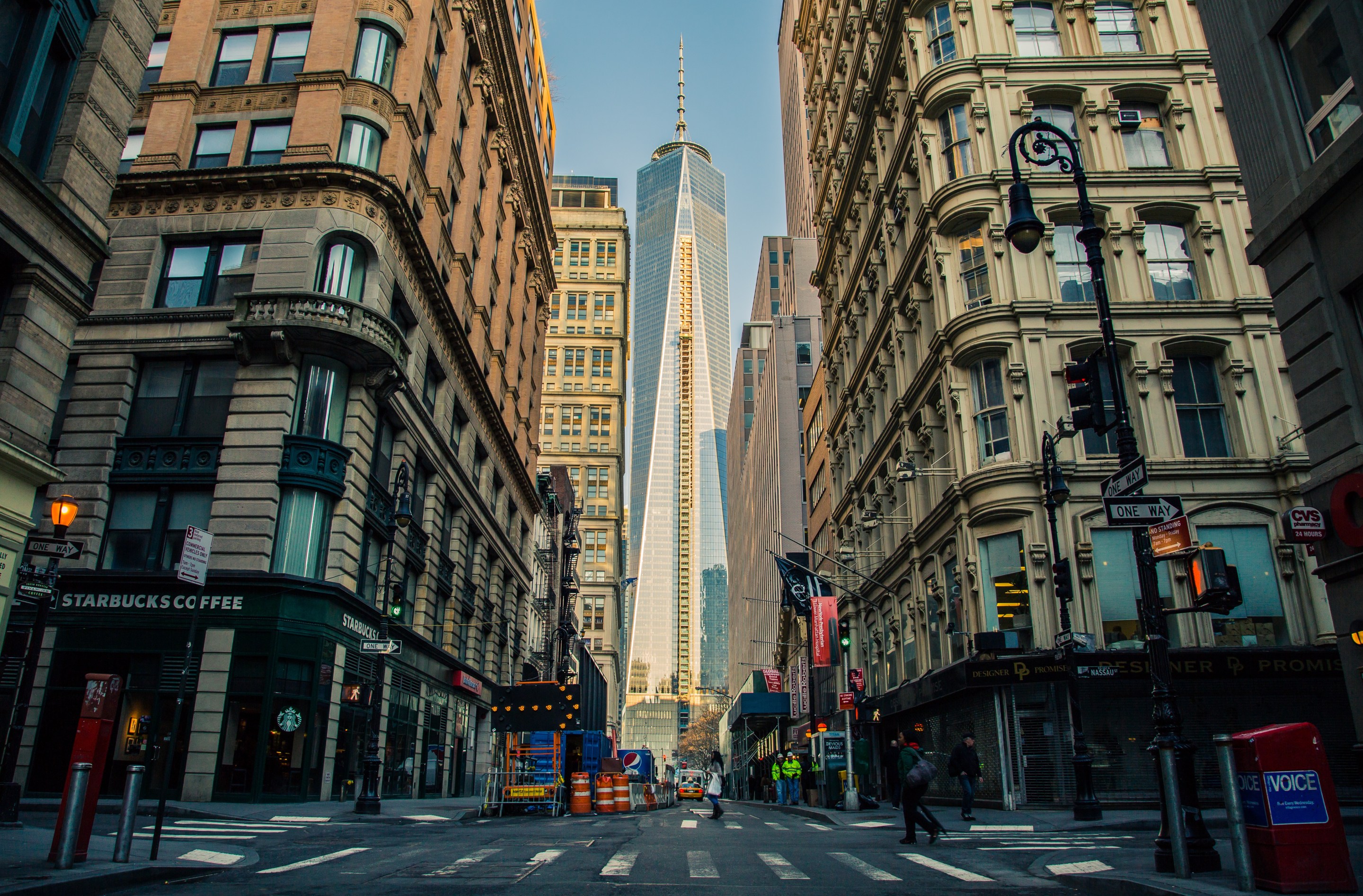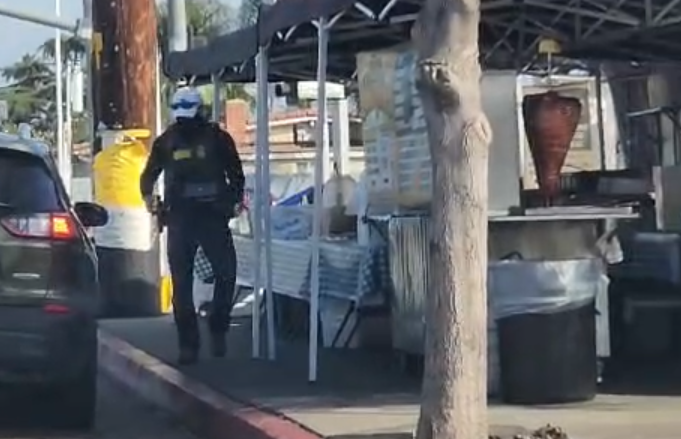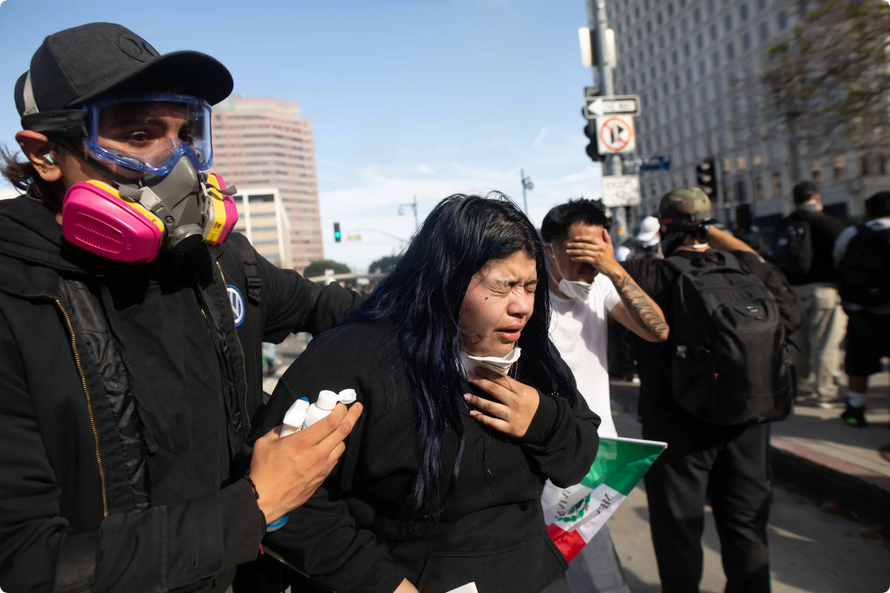This week's tone-deaf piece by Adam Nagourney of the New York Times inspired this sort-of parody response from one of our writers. Enjoy...
NEW YORK — When a wealthy ex-banker and a key figure in the early Republican party founded the newspaper that would become the New York Times, they were backed by funding equivalent to millions of dollars provided by wealthy local businessmen. The newspaper cost a penny.
The ambitions of the original founders, to be both conservative and radical, was as confusing then as it is now. Originally, the paper attempted to also publish a California edition, which was sent to the West Coast by boat, but that effort failed miserably as local papers in Los Angeles and elsewhere got their start.
In recent months, The Times had dealt with criticism from both Donald Trump, which isn't surprising, as well as from regular readers outraged at the amount of attention the paper lavishes on Trump supporters, racists, and neo-Nazis. It is a reminder of the paper's long history of both protecting the values it purports to represent, and sacrificing them to the God of Bothsidesism. But more than that, it is symptomatic of something that this community has struggled with for nearly half a century: strong, racist institutions that work counter to the goals and values most New Yorkers claim to cherish.
For all its successes, New York's primary institutions have often been on shaky moral ground, and have seemed to decline through the years as they reinforce inequality, racism, and classism.
Most if not all are backed by morally-questionable Wall Street money made at the expense of the working class, and have done little to rectify the tremendous damage they have done to people all over the world, all while celebrating their fundraising prowess.
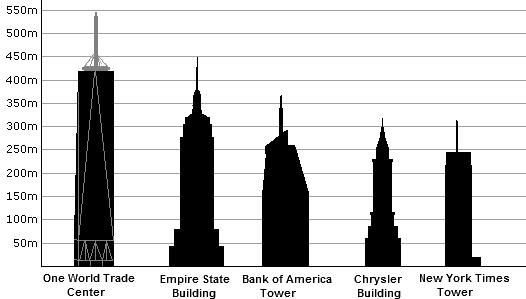
There are many reasons for this problem. New York is one of the world's most diverse cities, but it also has more billionaires than any city other than London. The composition of these titans of industry is almost universally white males who themselves come from privileged backgrounds. These monsters of finance generally support and shape the institutions that define modern New York, for better or for worse-- the influence these wealthy families wield is felt across artistic, cultural, and political institutions.
One such mega-rich family, the Sulzbergers, own the New York Times, which recently reported breathlessly on the appointment of the latest heir, age 37, to the position of publisher.
“I am an unapologetic champion for this institution and its journalistic mission,” A. G. Sulzberger said. “And I’ll continue to be that as publisher.”
Despite his in-house reputation as an innovator, the incoming publisher said that he did not expect to shake things up early in his tenure.
The New York Times may one day have a publisher of color, if one of the next generation of heirs marries someone from outside the family's ethnic group. In a city that is only 44% white, anything is possible!
New York is made up of 5 boroughs, each with its own local demography, and even government. People here identify with their neighborhood and borough, be it Crown Heights, the Bronx, or Manhattan -- rather than New York. People in New York may also identify with being from Puerto Rico, or the Dominican, although you won't find many Latinos on the New York Times staff. Despite the fact that 27% of New Yorkers are Hispanic, only 3 of them work on the city's Metro desk, less than 10% of the total employed in that crucial department.
“It left me believing there is a level of frustration bordering on anger that would be institutionally reckless not to address.” wrote Liz Spayd, the paper's former public editor last year. In that time, it doesn't appear the issue has been addressed, even as the Times chides other institutions for lack of diversity, or writes about other city's institutional issues. The raw numbers are blindingly obvious-- in a city that is 44% white, the New York Times writing and editorial staff is 78% white.

There has been an exodus of young, creative people from New York to Los Angeles over the past 10 years, and with it the loss of cool people who in other cities fill key roles as creators and arbiters of taste and fashion. As the creative people have left, bankers and other normies have stepped in, whitewashing Manhattan into something like a very high end mall in Connecticut.
Manhattan, long the core of the city, is increasingly economically and ethnically less diverse, a challenge for any political or civic leader looking to create a vibrant city that isn't dominated by bankers, consultants, and Ivy Leaguers with striped ties and a taste for the same old shit we've seen for decades. This is an older city, filled with old-line families who have defined civic foundations in other established cities like Boston and Philadelphia, and threaten to constrain the city's cultural growth that peaked sometime around the year 2000.
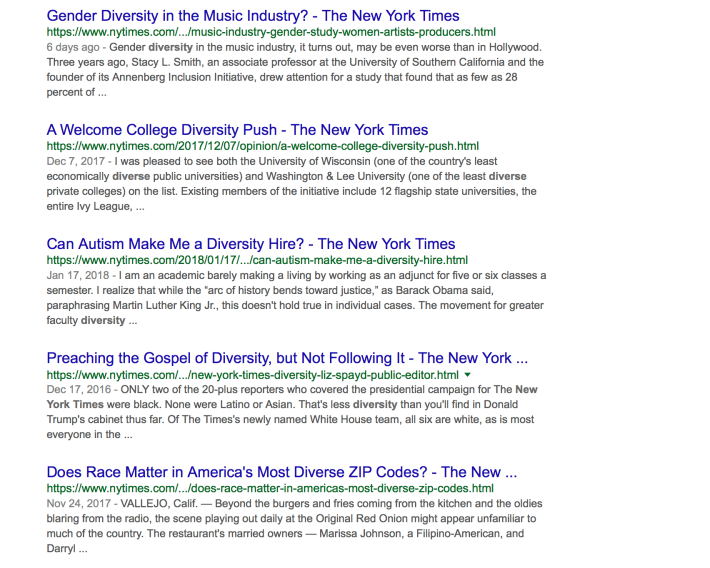
New York has two feisty daily tabloids (one of which is owned by the L.A. Times' parent company) and a 24-hours news station devoted only to New York news. However, the aggressive tabloid culture, which created Donald Trump as a national figure, frequently reinforces the racist ideologies that keep young people of color down, suppresses voices of the poor and marginalized, and perhaps helped convince the New York Times to give increased coverage of white nationalism and neo-nazis.
There is no shortage of wealth in New York, and leaders of cultural institutions do not struggle to raise money or solicit contributions of art. And yet, 20% of the population lives below the poverty line, and most of those households are non-white. The stark racial differences in household wealth speak to a city of uber-capitalists that can raise millions for the ballet and the opera, but can't lift millions out of poverty.
The absence of progress on big issues — homelessness, inequality and a failing subway, to name a few — is a source of frustration and embarrassment for many civic leaders, even as the city's newspaper of record criticizes other, more fun and exciting cities and institutions. The New York Times, while it presents itself to the world as a beacon of truth, also reinforces the deep racial and economic issues of the city it purports to serve.
